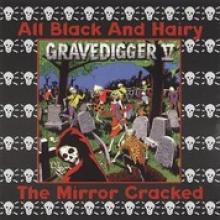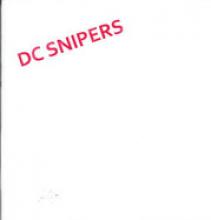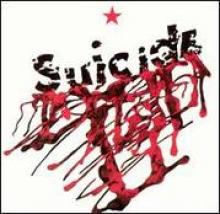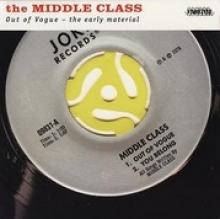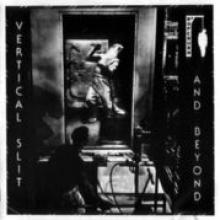The Gravedigger V : A Morbid Garage
Third place in a race where only the first two spots matter, leaves San Diego out of most discussions, serious ones anyway, that attempt to encapsulate the coast’s importance. That’s how it goes, though. Most would be hard pressed to figure a reason to head to San Diego as opposed to just including it on any trek to Mexico or a drive through California. Rocket from the Crypt doesn’t go too far to entice folks either.
It seems, though, that during the early eighties, a huge garage scene sprung up down there. Ample proof remains even today as Ugly Things still calls that general area home. But if that were the only proof offered to explicate a once (almost) mighty garage empire, it’d be kinda flimsy. Anyway, apart from the Tell Tale Hearts, who have been discussed here previously, the Gravedigger V roamed the city’s crummiest bars and dives dispensing music that somehow sounds current even as that’s something most of the band’s cohort can’t claim.
Comprising Leighton Koizumi on vocals, Ted Friedman on guitar, John Hanrattie on yet another guitar, Dave Anderson on percussion and Chris Gast or Tom Ward on bass, the Gravedigger V didn’t truck in source material distant from either the Paisley Underground bands up in Los Angeles or the rest of the San Diego scene.
It’s odd to hear The Mirror Cracked, a career spanning compilation issued in 1987 by Voxx Records, at this late date and somehow find the music to still resound within the confines of now current underground rock acts. There’s a visceral scream perpetually springing from Koizumi’s mouth that so frequently elludes bands from either the nineties or aughties.
Even working with some contrived lyric, as on “Don’t Tread on Me,” the band comes off rougher than most other proponents of the garage genre. And as a part of that entire scene, a Munsters theme song can’t be too far off as a touchstone. On occasion works that aurally ape that vintage sound come off as too campy for amusement. That’s not the case with the Gravedigger V. If it were to be properly explained in prose, the scribe attached to that work would deserve any accolade that came his (or her) way. That being said, any song with a title like “She’s a Cur,” which finds the band’s vocalist doing his best Captain Beefheart impression, deserves to be investigated as an individual entity and not a part of a larger scene. This is it. Cop it well.
